Past Is Prologue: Learning to Understand Generational Trauma
Growing up as a Jew, I was introduced to the idea of generational trauma long before I ever heard the term or really understood what it meant. From a relatively young age, I was educated about the unimaginable horrors of the Holocaust. I knew our ancestors had been subjected to oppression for millennia, but the Holocaust—that was a cataclysmic event my parents’ and grandparents’ generation had witnessed. This collective trauma—what Jews call the Shoah, the Hebrew word for “catastrophe”—was something we all carried, and we were taught that our vigilance was the price we paid to live out the promise of two simple words: “Never again.”
And yet I didn’t know of any Holocaust stories in my own family, most of whom I had been told emigrated from Russia many years before. Even my German great-grandmother arrived in the U.S. well before she would have been subjected to the denial of her freedoms, her identity, her humanity. So I always felt strangely disconnected from the experience of the Holocaust, even as I knew that I carried a moral responsibility to prevent another genocide. (Though of course genocides have continued to happen: In Bosnia. In Rwanda. In Darfur. In China. In Myanmar.)
It all started to make sense for me as a young adult, after I read Art Spiegelman’s graphic novel Maus. Spiegelman, the son of Holocaust survivors, tries to come to terms with parents’ experience by getting his father to recount how they survived the Shoah. But the story doesn’t simply dwell in the past. It moves backward and forward in time as it captures Spielman’s own experience: his mother’s depression and suicide, his difficult relationship with his father, his complicated feelings of guilt. Through reading this illustrated story, which is rendered by portraying Jews as mice and Nazis as cats, we come to understand that the Holocaust was experienced not only by those who perished in or survived it, but by the successive generations of Jews who carried the pains and the burdens of their parents’ psychic scars. This is the definition of generational trauma.
More recently, I have come to understand and appreciate the idea that we all carry some experience of generational trauma, whether known or unknown, whether coded in our DNA or expressed in the present moment. The Minneapolis-based therapist Resmaa Menakem explores this idea in his 2017 book, My Grandmother’s Hands: Racialized Trauma and the Pathway to Mending Our Hearts and Bodies. Generational trauma shows up for all of us, he argues, but it shows up differently. Your experience of generational trauma depends on what your parents, grandparents, and ancestors may have experienced: the dehumanizing indignities of slavery and Jim Crow; forced removal from ancestral lands; the violent erasure of language and culture; the grinding effects of poverty and persecution. If you are of white European ancestry, Menakem reminds us, you are not without a history of generational trauma, as your ancestors may have experienced torture, brutality, and barbarism of one form or another in the Middle Ages.
So how do we connect the dots between our own experience and what happened to our ancestors? We each have to do the work of understanding where we came from, and how trauma (along with resilience) has been passed down from generation to generation, whether in the recent or distant past.
I’ve been able to put together more pieces of my own family’s story. In the late 19th and early 20th centuries, most of my great-grandparents fled persecution and oppression in the Pale of Settlement, which today comprises parts of Ukraine, Belarus, Russia, Poland, and Lithuania. When they came to America, they reinvented themselves and did not speak of their experience to their children. But the choices they made and the struggles they bore quietly shaped the generations who came after them.
Learning to understand the role of generational trauma is a process. And as we gain a deeper understanding of generational trauma in our own lives, new questions emerge: How do we identify and disrupt these cycles? How do we own these trauma stories in a way that can become a source of strength? And, as we see that trauma narratives are threaded through every generational line, how can we begin to understand the ways in which we are implicated in the cycles of generational trauma that run not just in our own family, but in our community? Our country? Our world?
This is our healing work. It begins within and radiates outward.
References
Menakem, R. (2017). My grandmother's hands: Racialized trauma and the pathway to mending our hearts and bodies. Central Recovery Press.
Spiegelman, A. (1986). Maus I: A survivor’s tale: My father bleeds history. Pantheon Books.
Spiegelman, A. (1991). Maus II: a survivor’s tale: And here my troubles began. Pantheon Books.

